TDD and Mocking
In the last post we have discussed core principles of unit testing and TDD. In this post, we’ll walk through a simple example of how to use Moq as mocking framework and Dependency Injection with NUnit in the context of Test-Driven Development (TDD) in C#. This combination allows for clean, maintainable tests by mocking dependencies and focusing on the behavior of the system under test. Imagine we have an application where we process payments through a PaymentService. This service depends on an external IPaymentGateway interface to make the actual payment. Let’s break this down step by step. Step 1: Write the Test First (Before Code) We want to test the PaymentService, which depends on the IPaymentGateway. Our first test will focus on making sure the PaymentService behaves correctly when making a valid payment. Here's the test code: using Moq; using NUnit.Framework; [TestFixture] public class PaymentServiceTests { private Mock _mockPaymentGateway; private PaymentService _paymentService; [SetUp] public void Setup() { // Create the mock object _mockPaymentGateway = new Mock(); // Inject the mock into the PaymentService _paymentService = new PaymentService(_mockPaymentGateway.Object); } [Test] public void MakePayment_WhenAmountIsValid_ShouldReturnTrue() { // Arrange var amount = 100m; // Valid amount _mockPaymentGateway.Setup(gateway => gateway.ProcessPayment(amount)).Returns(true); // Act var result = _paymentService.MakePayment(amount); // Assert Assert.IsTrue(result); } } Step 2: Run the Test (It Will Fail) Since we haven’t implemented the PaymentService or the IPaymentGateway yet, running the test will result in a failure. The error message would indicate that the PaymentService and IPaymentGateway don’t exist yet. Now we need to implement the minimal code to make this test pass. Step 3: Write the Code to Pass the Test We need to create the PaymentService and IPaymentGateway interface so that the test can run successfully. Here’s the implementation of the IPaymentGateway interface and the PaymentService class: public interface IPaymentGateway { bool ProcessPayment(decimal amount); }public class PaymentService { private readonly IPaymentGateway _paymentGateway; public PaymentService(IPaymentGateway paymentGateway) { _paymentGateway = paymentGateway; } public bool MakePayment(decimal amount) { // Business logic for validating amount (e.g., check if it's positive) if (amount gateway.ProcessPayment(It.IsAny())).Returns(false); // Act var result = _paymentService.MakePayment(amount); // Assert Assert.IsFalse(result); } Step 6: Refactor the Code if Needed Now, we have a test for the invalid case, and we should implement any additional logic if necessary to make this test pass. In our current code, the logic already returns false if the amount is less than or equal to 0. This means the code is already correct, and we don't need to change anything. Conclusion This example demonstrates how to apply Test-Driven Development in C# with NUnit, Moq, and Dependency Injection. By mocking dependencies, you can easily test the behavior of your services without relying on the real implementations, making your tests faster and more reliable. Dependency injection ensures that dependencies are easily replaceable, promoting clean, maintainable code.

In the last post we have discussed core principles of unit testing and TDD. In this post, we’ll walk through a simple example of how to use Moq as mocking framework and Dependency Injection with NUnit in the context of Test-Driven Development (TDD) in C#. This combination allows for clean, maintainable tests by mocking dependencies and focusing on the behavior of the system under test.
Imagine we have an application where we process payments through a PaymentService. This service depends on an external IPaymentGateway interface to make the actual payment.
Let’s break this down step by step.
Step 1: Write the Test First (Before Code)
We want to test the PaymentService, which depends on the IPaymentGateway. Our first test will focus on making sure the PaymentService behaves correctly when making a valid payment.
Here's the test code:
using Moq;
using NUnit.Framework;
[TestFixture]
public class PaymentServiceTests
{
private Mock<IPaymentGateway> _mockPaymentGateway;
private PaymentService _paymentService;
[SetUp]
public void Setup()
{
// Create the mock object
_mockPaymentGateway = new Mock<IPaymentGateway>();
// Inject the mock into the PaymentService
_paymentService = new PaymentService(_mockPaymentGateway.Object);
}
[Test]
public void MakePayment_WhenAmountIsValid_ShouldReturnTrue()
{
// Arrange
var amount = 100m; // Valid amount
_mockPaymentGateway.Setup(gateway => gateway.ProcessPayment(amount)).Returns(true);
// Act
var result = _paymentService.MakePayment(amount);
// Assert
Assert.IsTrue(result);
}
}
Step 2: Run the Test (It Will Fail)
Since we haven’t implemented the PaymentService or the IPaymentGateway yet, running the test will result in a failure. The error message would indicate that the PaymentService and IPaymentGateway don’t exist yet.
Now we need to implement the minimal code to make this test pass.
Step 3: Write the Code to Pass the Test
We need to create the PaymentService and IPaymentGateway interface so that the test can run successfully.
Here’s the implementation of the IPaymentGateway interface and the PaymentService class:
public interface IPaymentGateway
{
bool ProcessPayment(decimal amount);
}public class PaymentService
{
private readonly IPaymentGateway _paymentGateway;
public PaymentService(IPaymentGateway paymentGateway)
{
_paymentGateway = paymentGateway;
}
public bool MakePayment(decimal amount)
{
// Business logic for validating amount (e.g., check if it's positive)
if (amount <= 0)
{
return false;
}
// Process the payment through the gateway
return _paymentGateway.ProcessPayment(amount);
}
}
Step 4: Run the Test Again (It Should Pass)
Now that we've implemented the PaymentService and IPaymentGateway, we can run the test again.
If everything is set up correctly, this time the test should pass. The output should indicate that the MakePayment method of the PaymentService is functioning as expected, returning true when a valid amount is passed and the gateway returns true.
Step 5: Write Another Test (The Test-Grow Approach)
The next step in TDD is to write another test for a different scenario. In this case, we will test when an invalid payment amount is passed (e.g., a negative or zero amount). Let's write this test.
Here’s the next test:
[Test]
public void MakePayment_WhenAmountIsInvalid_ShouldReturnFalse()
{
// Arrange
var amount = -50m; // Invalid amount
_mockPaymentGateway.Setup(gateway => gateway.ProcessPayment(It.IsAny<decimal>())).Returns(false);
// Act
var result = _paymentService.MakePayment(amount);
// Assert
Assert.IsFalse(result);
}
Step 6: Refactor the Code if Needed
Now, we have a test for the invalid case, and we should implement any additional logic if necessary to make this test pass. In our current code, the logic already returns false if the amount is less than or equal to 0. This means the code is already correct, and we don't need to change anything.
Conclusion
This example demonstrates how to apply Test-Driven Development in C# with NUnit, Moq, and Dependency Injection. By mocking dependencies, you can easily test the behavior of your services without relying on the real implementations, making your tests faster and more reliable. Dependency injection ensures that dependencies are easily replaceable, promoting clean, maintainable code.





















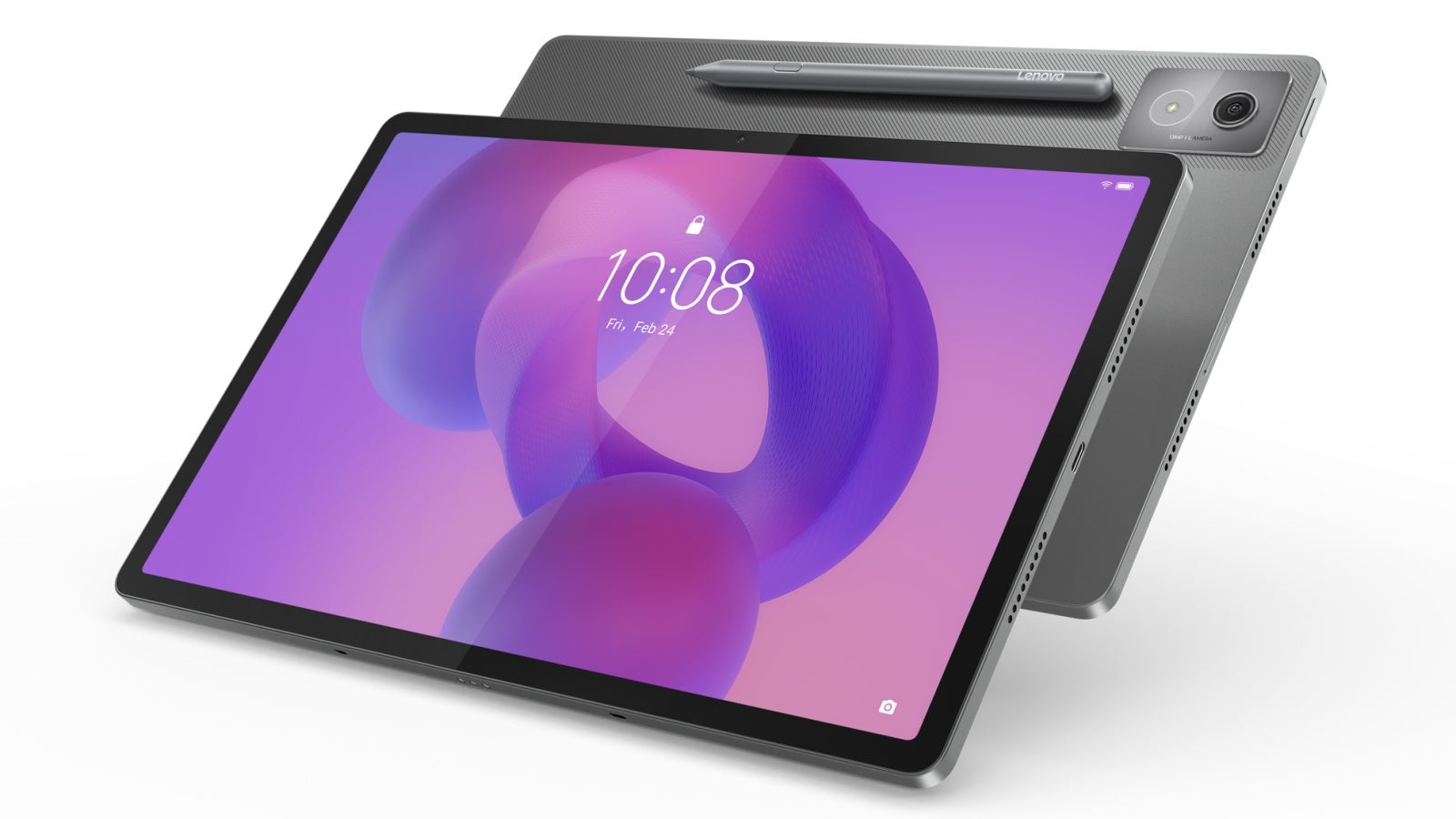





















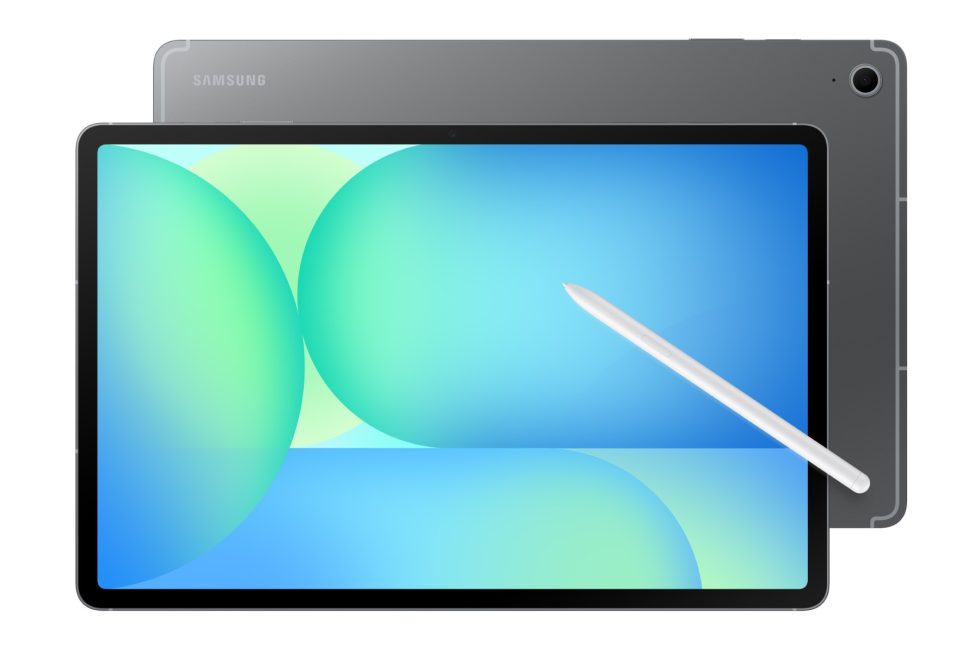










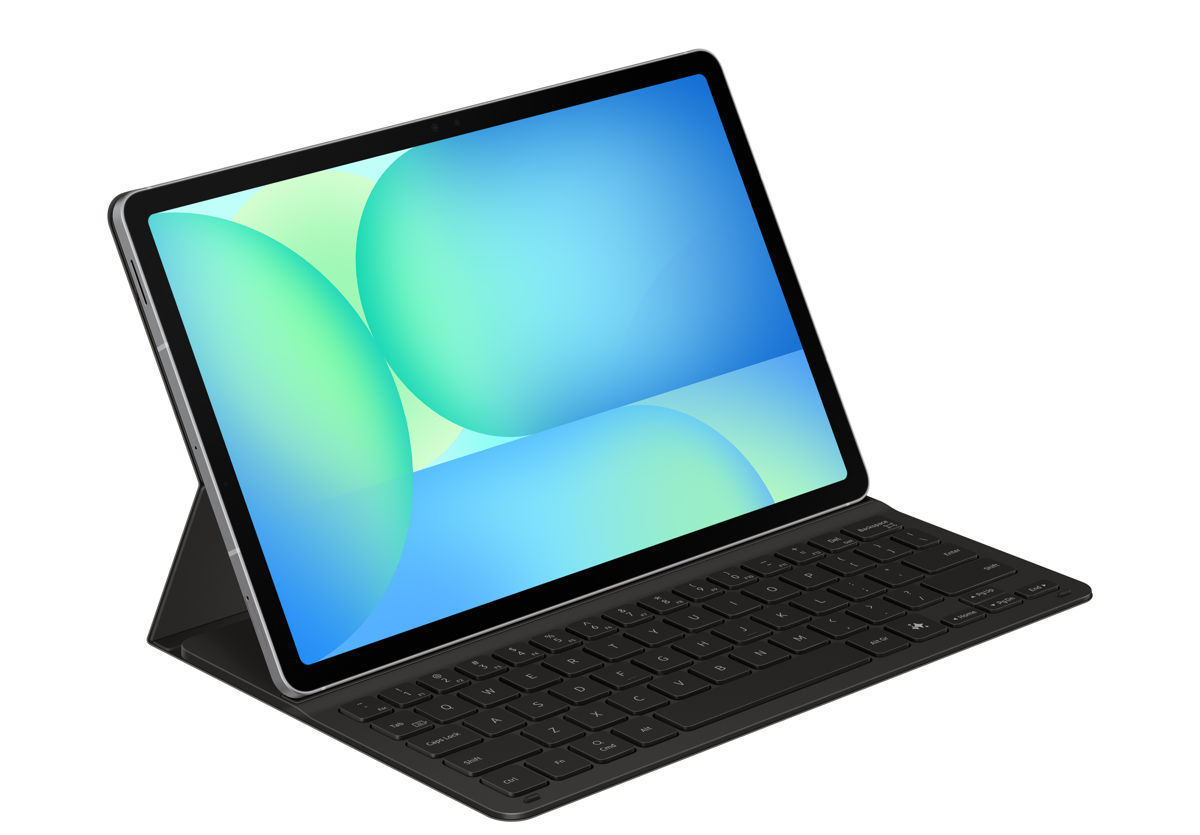











![Nomad Goods Launches 15% Sitewide Sale for 48 Hours Only [Deal]](https://www.iclarified.com/images/news/96899/96899/96899-640.jpg)


![Apple Watch Series 10 Prototype with Mystery Sensor Surfaces [Images]](https://www.iclarified.com/images/news/96892/96892/96892-640.jpg)





















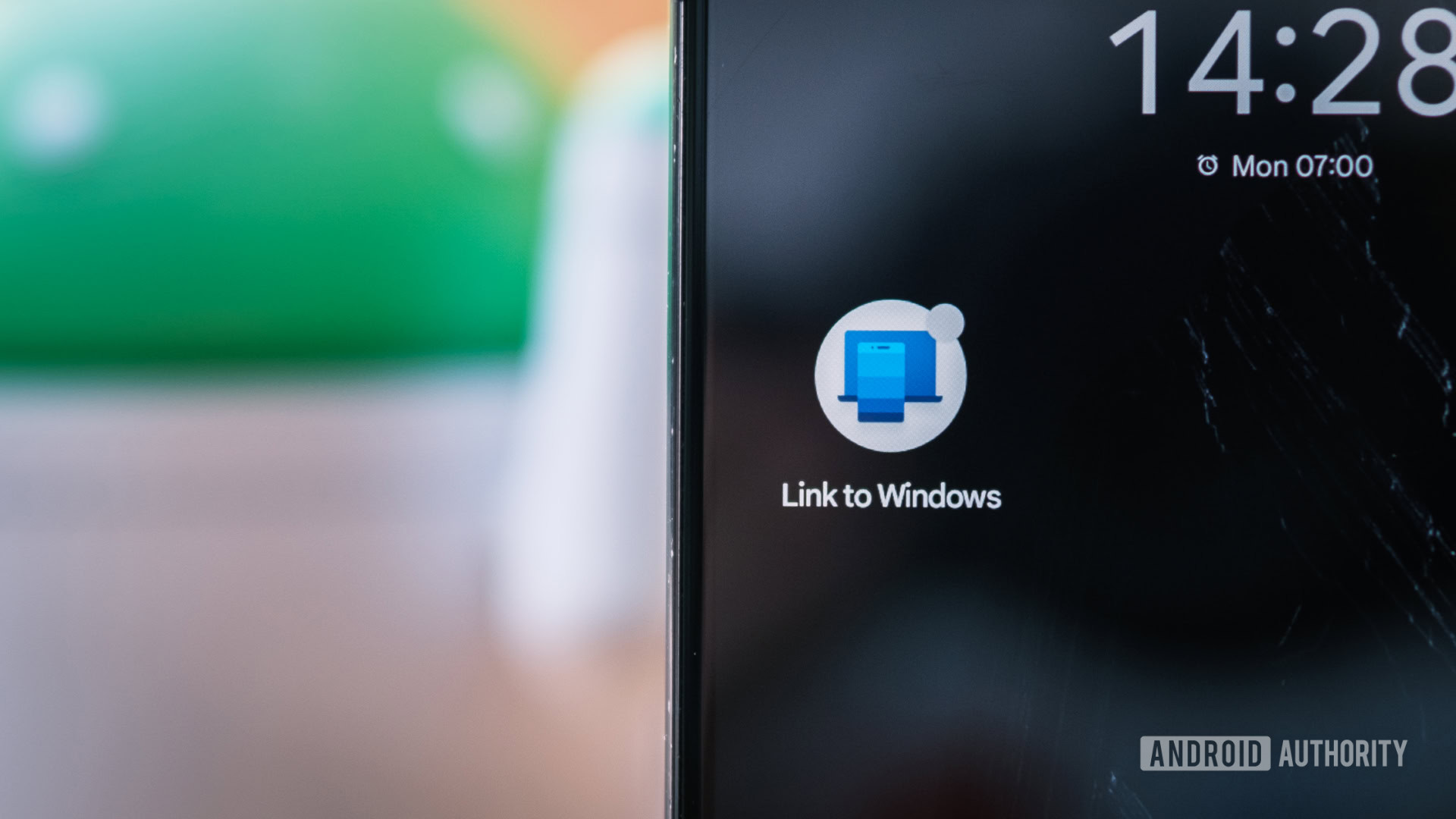



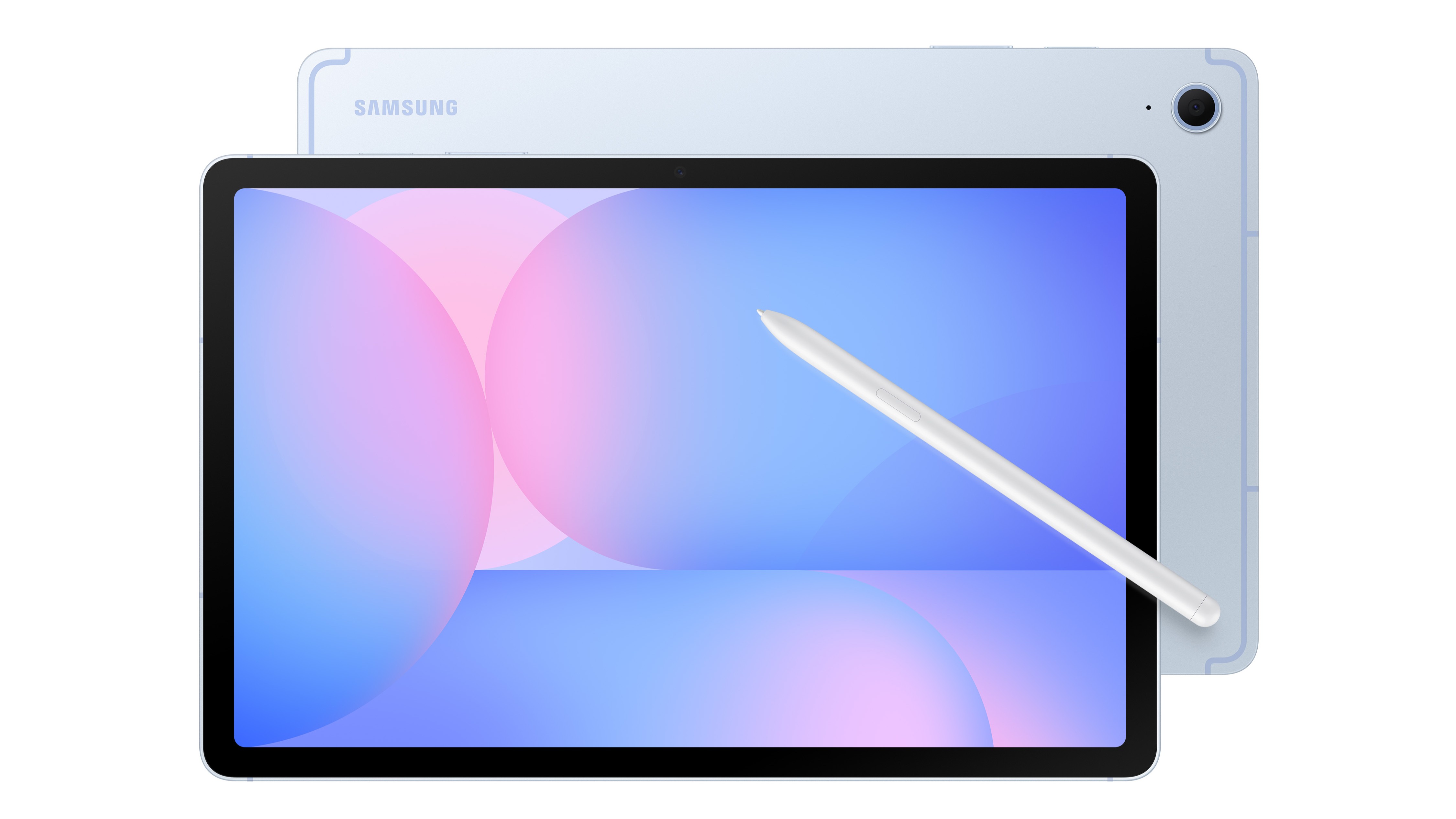

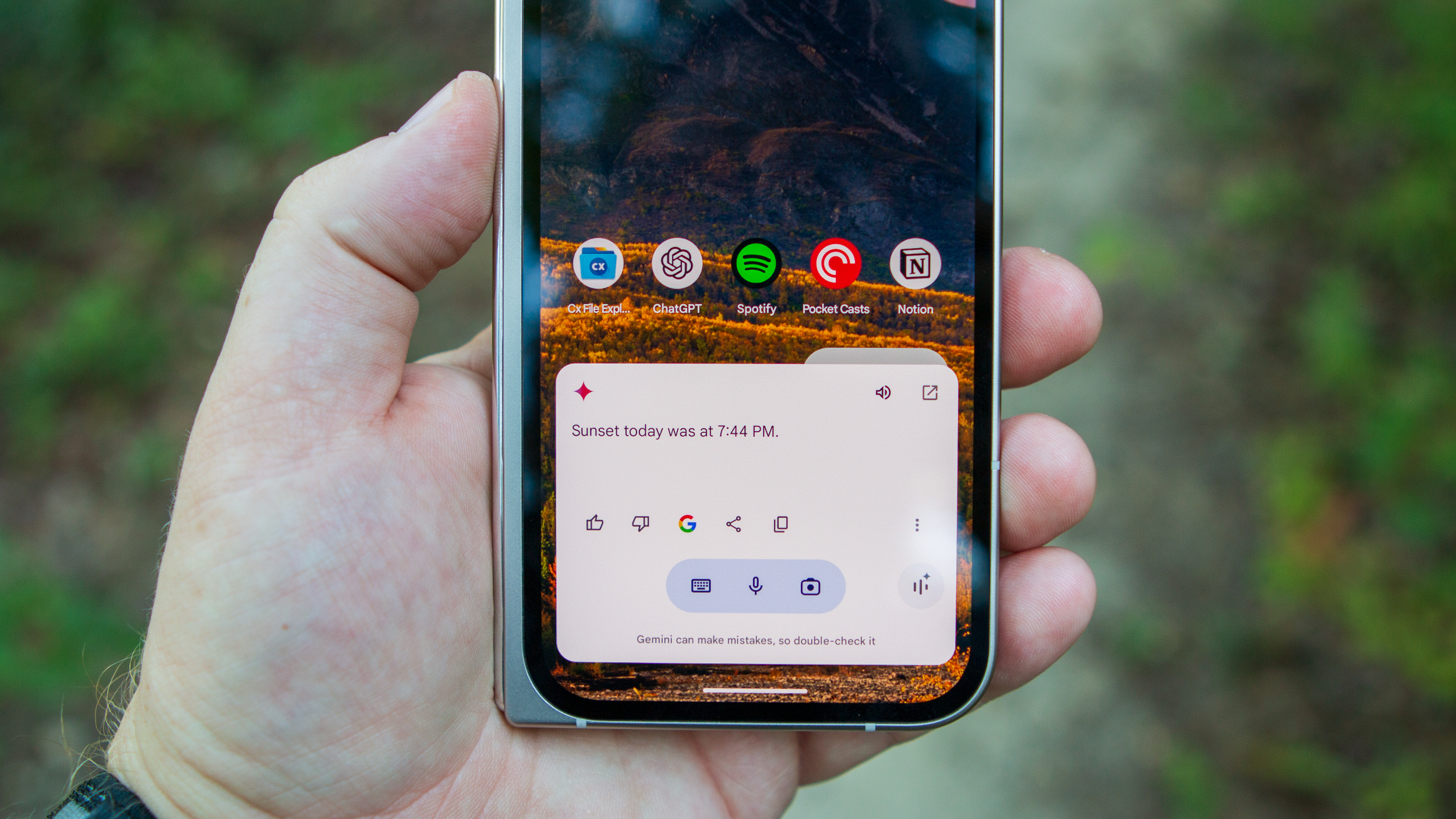







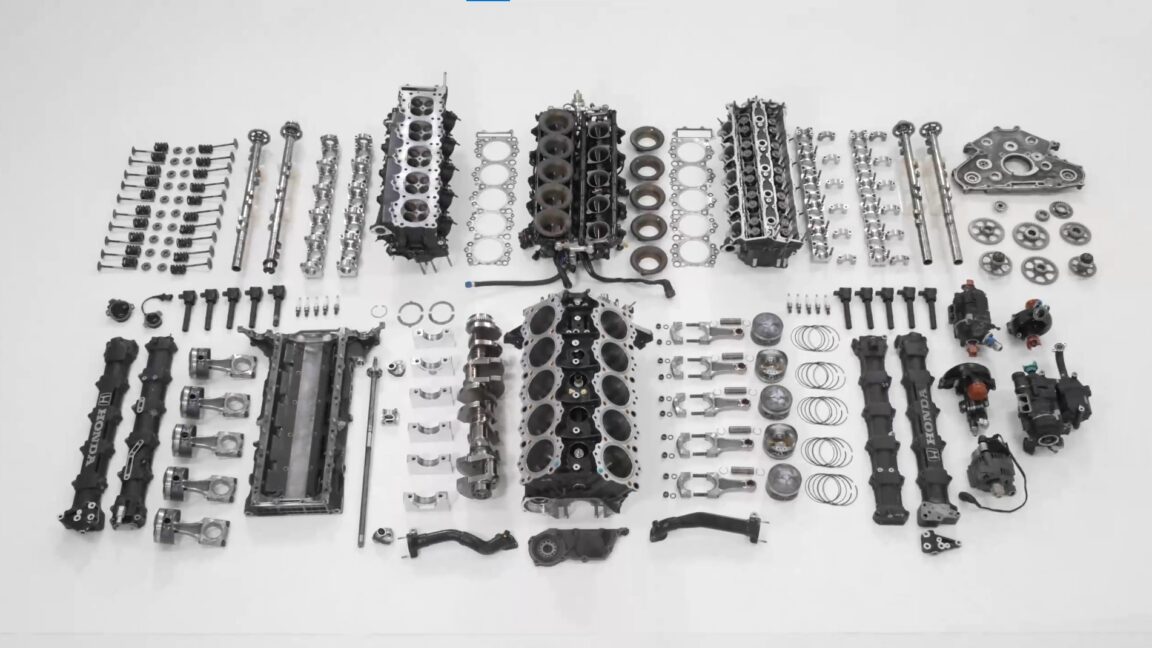
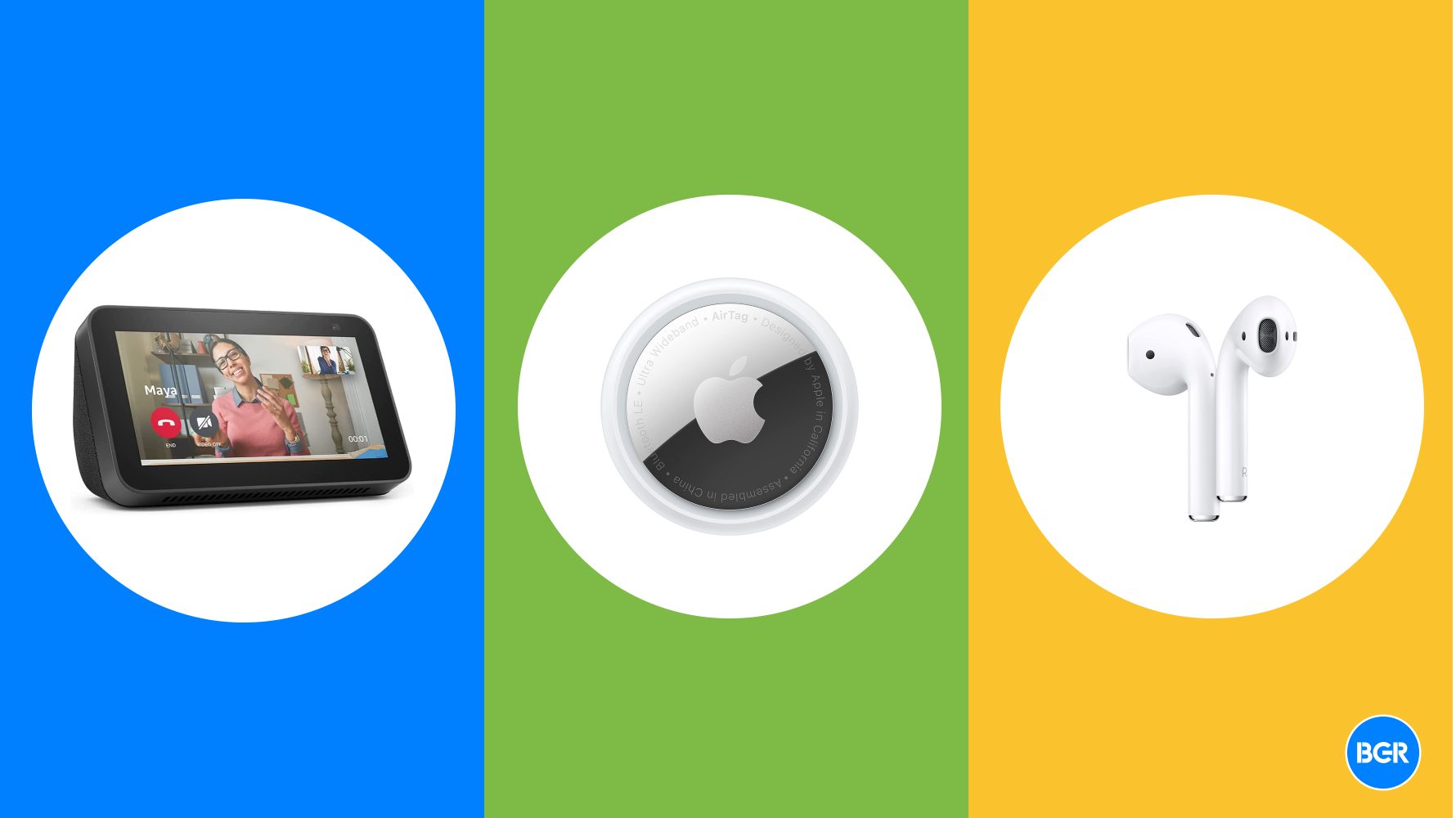

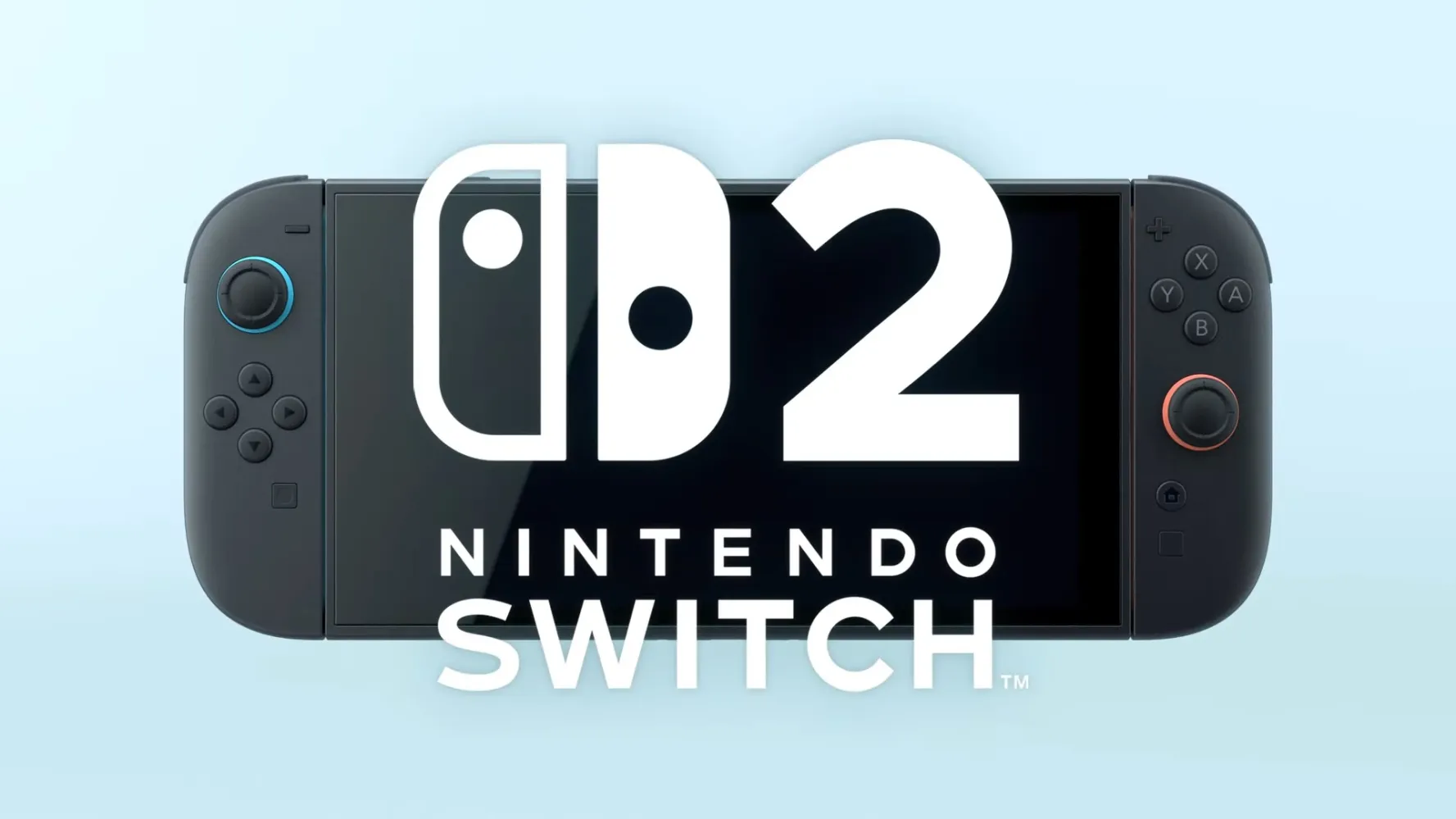

















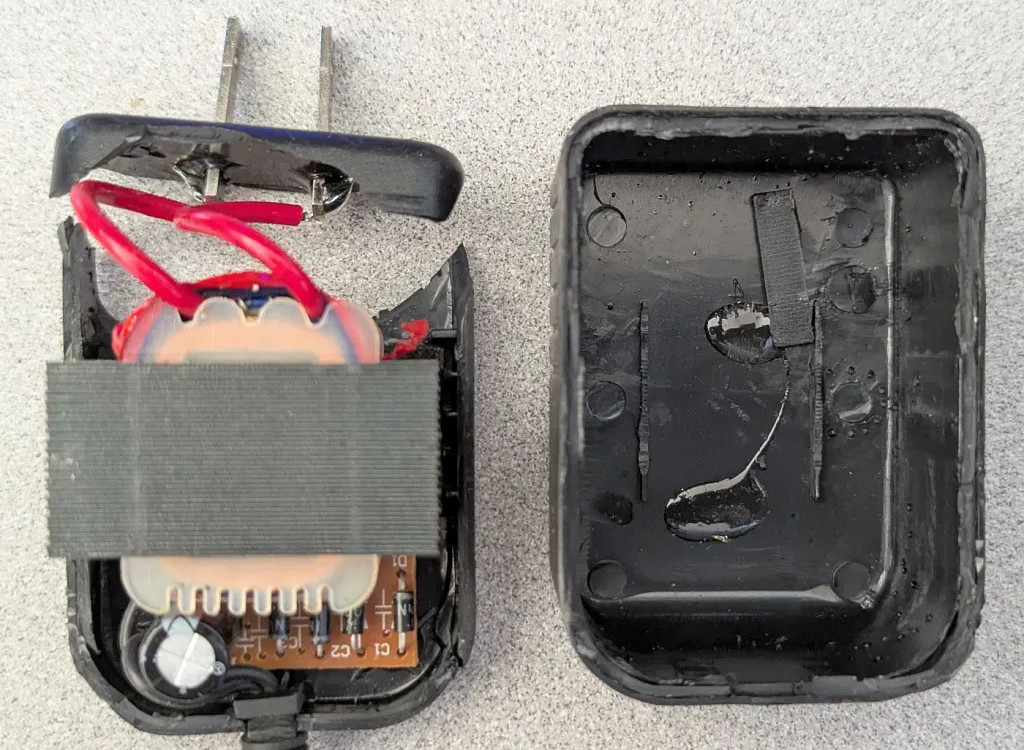
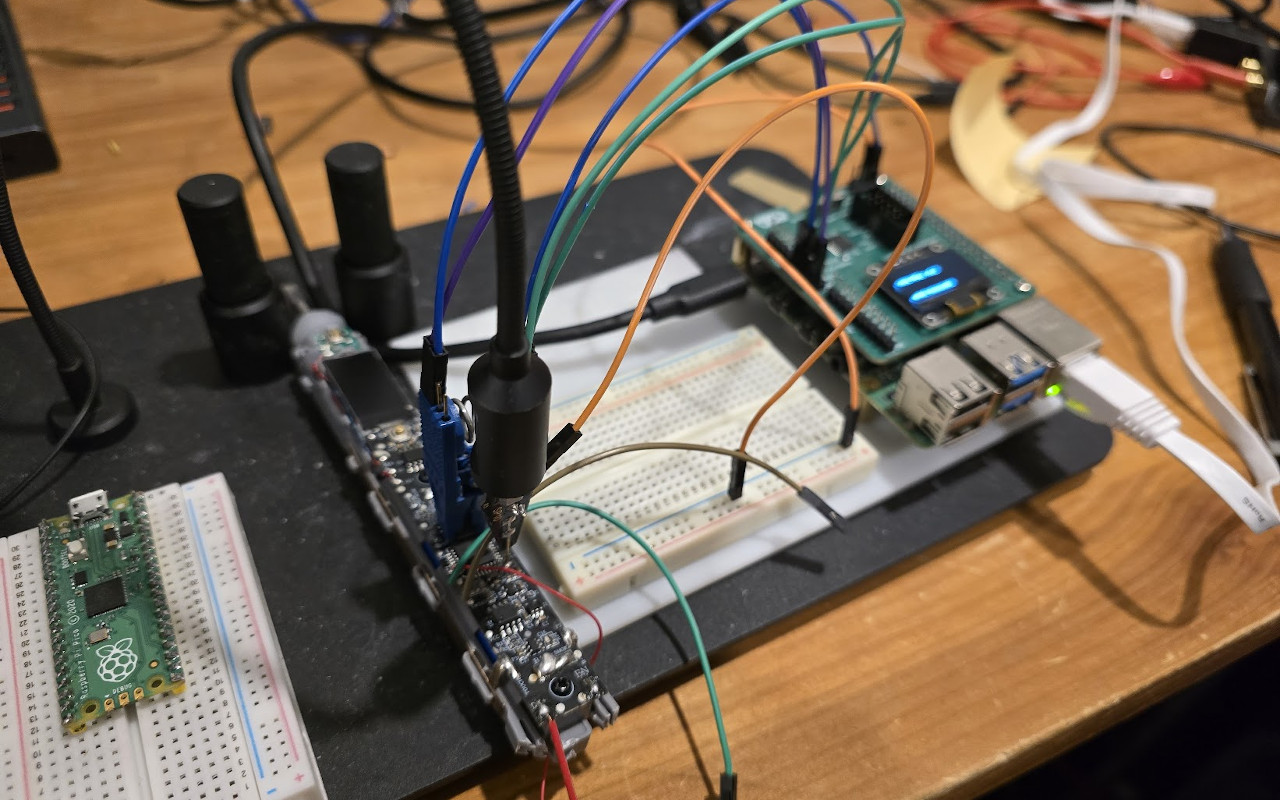















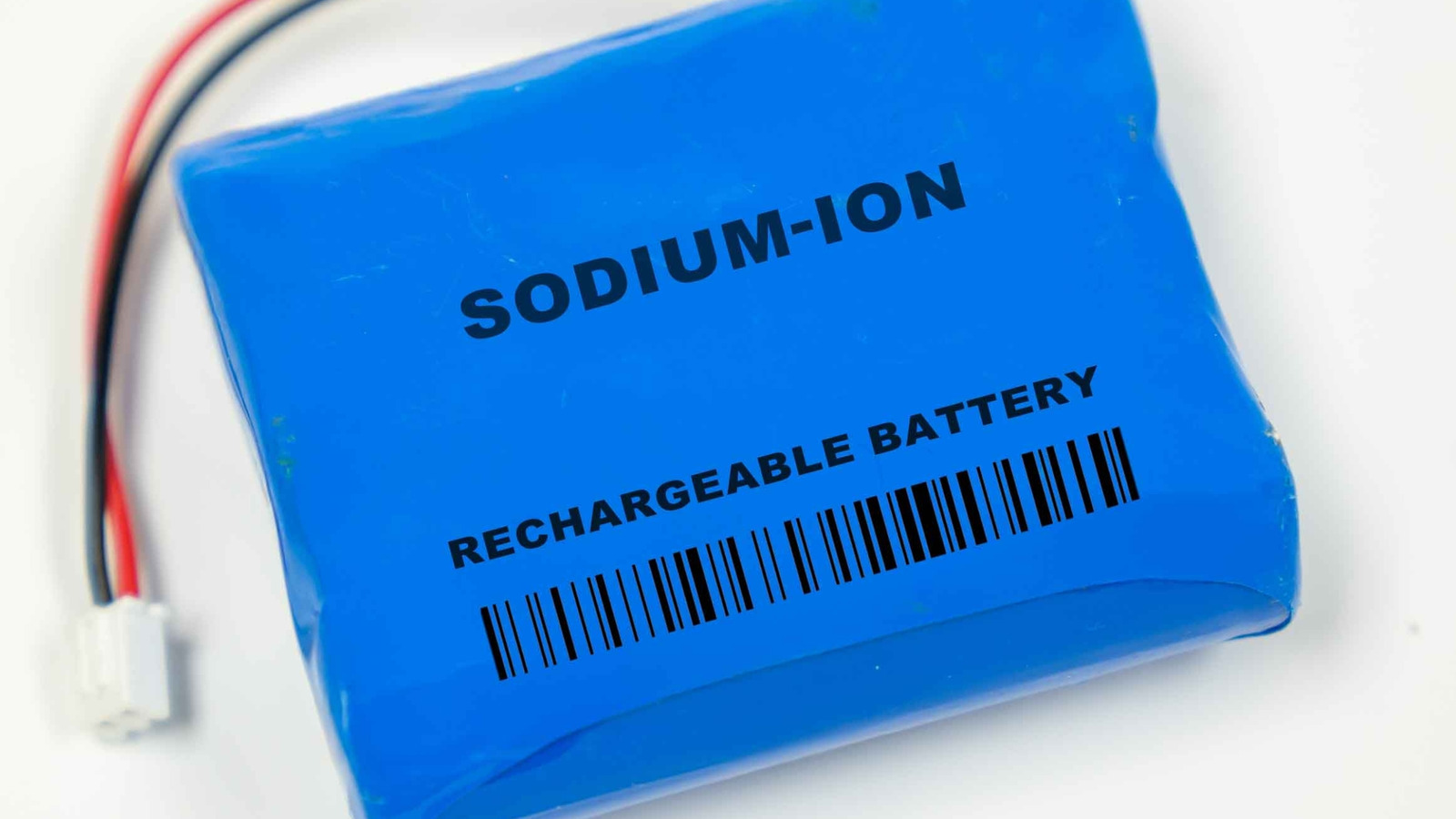












































































































![[The AI Show Episode 142]: ChatGPT’s New Image Generator, Studio Ghibli Craze and Backlash, Gemini 2.5, OpenAI Academy, 4o Updates, Vibe Marketing & xAI Acquires X](https://www.marketingaiinstitute.com/hubfs/ep%20142%20cover.png)

























































































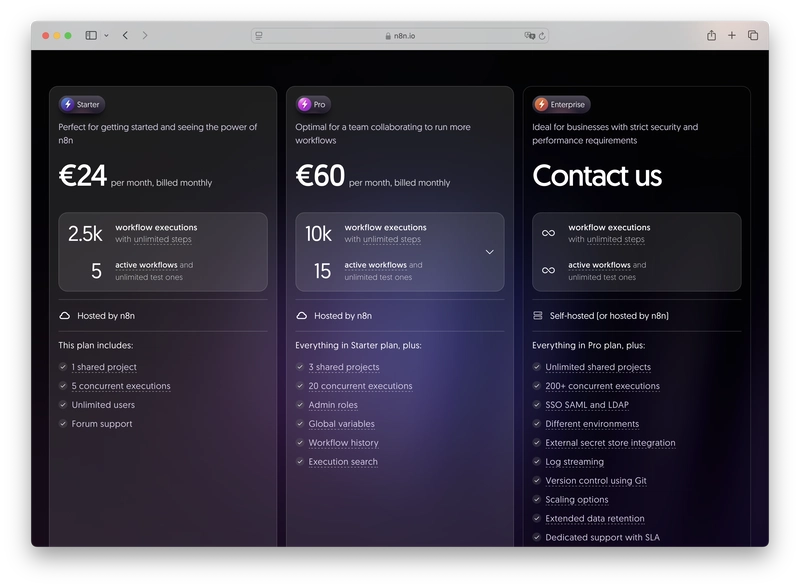
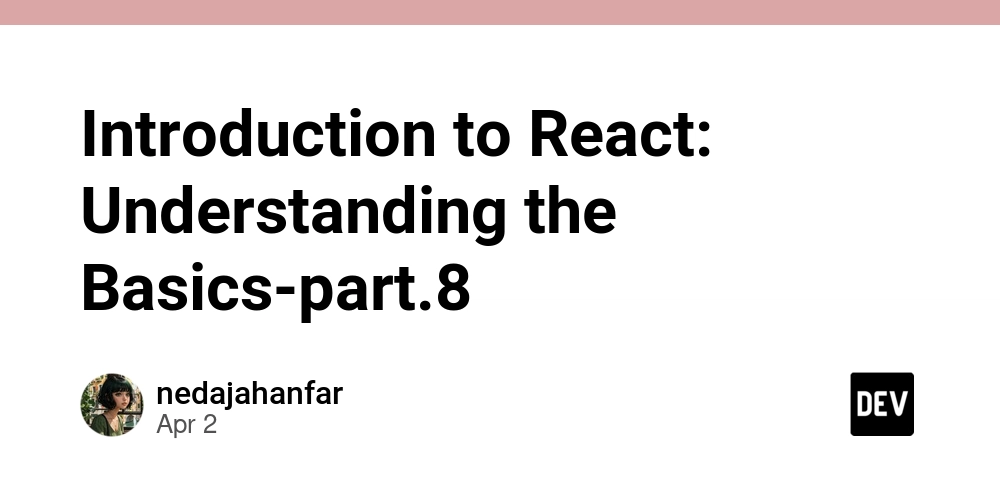





















![Is this a suitable approach to architect a flutter app? [closed]](https://i.sstatic.net/4hMHGb1L.png)


















![From broke musician to working dev. How college drop-out Ryan Furrer taught himself to code [Podcast #166]](https://cdn.hashnode.com/res/hashnode/image/upload/v1743189826063/2080cde4-6fc0-46fb-b98d-b3d59841e8c4.png?#)












.jpg?width=1920&height=1920&fit=bounds&quality=80&format=jpg&auto=webp#)


.jpg?width=1920&height=1920&fit=bounds&quality=80&format=jpg&auto=webp#)


















.jpg?#)

























































